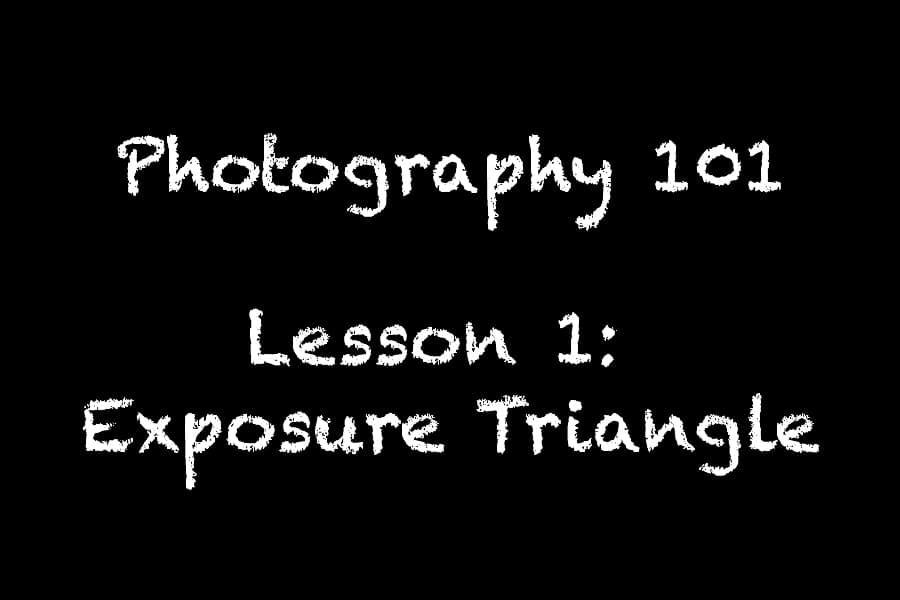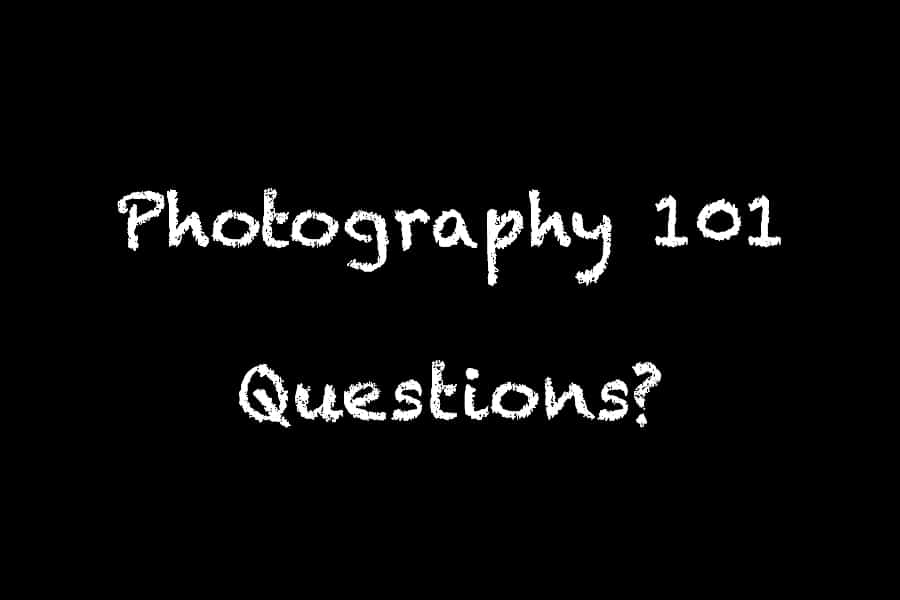So, you think you can teach photography? You have all the gear. You’ve been taking pictures for a while. People like your work. Maybe you’ve even sold some photos or had some paid gigs. Perhaps you could share your passion for photography with others and make some money in the process.
Like most things in life, the devil is in the details and teaching photography isn’t nearly as easy as you might think. But you can do it! Let’s take a look at the opportunities, the challenges and the rewards of sharing your knowledge and love of photography.
I talked with Marie Joabar, who owns and runs Capital Photography Center, about teaching photography. Capital Photography Center offers a wide variety of classes and workshops, several of which I’ve taken, throughout the DMV (Washington, DC, and suburban Maryland and Virginia). Marie and her accomplished instructors cover all sorts of photography and photography-related topics.
Can You Teach?
Before anything else, you have to honestly ask yourself “can I teach?” Marie says that’s the first thing she looks for in a potential instructor. Her instructors are professional photographers, but their ability to teach, to communicate, and to connect with their students is why Marie hires them. She told me that she places a huge emphasis on quality. Her classes, content, and instructors all have to be EXCELLENT in order to generate good word of mouth and repeat customers.
There’s a reason professional educators study the craft of teaching, both in school and through continuing professional development. Teaching is hard. Can you help another mind to understand, internalize and make use of something new while making sure there aren’t any misunderstandings? Can you successfully explain the exposure triangle and how each component works in a way that’s easily understandable and actionable? Can you really tell if your student is getting it?
I have a Master’s Degree in Instructional Systems Design and taught middle school math for a while. I know good teaching when I see it. I have seen some really good teaching at photography workshops and Meetups and, boy oh boy, have I seen some really bad teaching! The good ones have been thoughtful, prepared, well organized and structured, with crystal clear examples and precise language, prepared for anything, and asking questions to check our understanding. The bad ones seemed like they were winging it, their explanations were muddy, their examples cloudy, their descriptions meandering, and they didn’t check on our comprehension.
So, be honest. Can you teach? What sets your explanations and tips apart from a dozen other people with cameras?
What Are You Teaching?
Before you start finding students, you should know what you’ll be teaching and how. Think of it like a teacher preparing a lesson. What do I want the student to have learned and be able to do (the “objective”) by the end of the lesson? What methods will I use to make that happen? What tools or activities will I use? What alternate methods, tools, activities will I have as backups if my original plans don’t work? How will the student demonstrate to me that he has learned the objective? Do I need handouts, worksheets, or any special devices?
Are there “homework” activities for the student to practice before the next lesson? What can I include in a follow up email after the lesson that would review what was taught and get the student excited about the next lesson?
How long will this lesson take? Practice this lesson with a friend to see how it flows and how long it takes.
The widespread availability of informational videos on You Tube and other platforms can be a help. Some people will have seen some and will come to you with at least some level of knowledge and curiosity to try something they saw in a video. You can also share a particularly relevant video with your student(s) in that follow-up email. (Even better if it’s one of your videos!)
Once you have a few lessons ready, you can feel confident walking into your first teaching situation. And you’ll have a much better idea of how to describe your services to a would-be student.
Before I took the first steps for finding students, I had three one-hour lessons mapped out, practiced and refined. I had my handouts and my follow up messages ready.
Who Will You Be Teaching and How Will You Reach Them?
You’ll need a target audience and a way to reach them. The good news is that there’s still a demand for face-to-face instruction. Marie Joabar told me that people still want to be able to ask questions and get immediate answers, to have someone look at their camera and show them how to do that thing they were just talking about, to do some hands-on work with an expert to help them.
Marie had developed some loyal fans through her many classes at Penn Camera. Some of them found her after the stores closed and she started Capital Photography Center, but it’s taken her years to build up a good e-mail list. Initially, at Penn Camera, her students were mostly people who had just purchased a camera, but her classes had expanded to cover not just the basics of photography, but also all sorts of shooting situations and locations, post processing classes on Lightroom and Photoshop, studio lighting, sports and wildlife photography and many more topics.
How will you identify and reach your potential students? Who would be most interested in the types of lessons you can give? Where are they and how can you reach them?
Can people tell that you are teaching when they visit your website and social media channels? If you have a blog, make sure there are articles that spotlight your ability to teach. Does your website’s SEO strategy highlight teaching? Do you have any videos demonstrating your teaching skills?
Does your local community have an online presence—a Facebook page, discussion group, newsletter, a place people go to find community news? Might be worth a targeted ad there, too. Or you might offer an article about photography as a way to get your name out there.
Word of mouth matters in photography. Make sure that everyone you know is aware that you’re offering photography lessons. Do your networking. Make yourself visible.
Marie Joabar says her best ways of finding customers are word-of-mouth referrals and showing up in internet searches. With good SEO, a variety of classes, good reviews and having her instructors all link to Capital Photography Center from their own websites, her company is almost always on the first page of search results.
Where Can You Teach?
You’re stoked. You know you can teach and people have told you they learn a lot from you. Now what do you have to do?
There are a lot of places you could teach photography but some are more realistic than others.
Without academic credentials, it’s really hard to break into community colleges or public K-12 schools, especially in major metropolitan areas. In many cases, you need at least a Master’s Degree in Photography, Fine Art or Arts Education, and a teaching license. In some private schools and less populated areas, schools and community colleges have more flexibility and might need someone like you to teach one or two photography classes.
Maybe there’s an outfit like Capital Photography Center near you. It surely wouldn’t hurt to approach them. Marie Joabar told me that, while she’s had her core group of instructors for years, she occasionally needs someone to teach a class in a new tool or technique, like drone or time lapse photography. At worst, a conversation and informational interview might give you some insight into your local market.
But your best bets might be starting with adult education photography classes, classes at local parks and nature centers, or by doing some one-on-one instruction. Where I live, the county parks and recreation department runs adult education classes on a variety of topics, including photography. A couple of botanical gardens and nature sanctuaries host occasional photography workshops. Several Meetup groups are dedicated to learning photography and my local camera club is a good source of leads.
So, have a chat with your local parks, wildlife areas, and scenic sites. They may be interested in hosting a photography workshop as a way to get more people to experience and appreciate the park. Be sure to have a clear idea of how your class will benefit the location. They’re more likely to react positively if they recognize what’s in it for them.
Check with your nearest community college or whoever manages adult education classes in your area. Take a look at the Meetup scene in your area. I co-lead a Meetup group for our local NANPA group of nature photographers that has over 400 members. You may find Meetup members who are looking for some instruction.
If you’re still building your brand and are just starting to try teaching, you might want to look at Thumbtack or Bark. They’re online lead generating services that present you with people looking for specific services, like photography lessons, weddings, and headshots. They charge a small fee to connect you with prospective clients. You’re not going to make much money this way, but it may be an option to get your first few students, some positive reviews, and the beginning of a good reputation for teaching.
What Things Do You Need for Your First Class?
With plenty of opportunities to start teaching, this will be easy, right?
Although it may seem like you can just start teaching without any capital investment, (you’ve already got all the gear, right?) there are actually some costs you’ll face. Marie ran the photography education programs at Penn Camera, a local chain that went out of business in 2012. When the company folded, Marie decided to start her own photography education business. You don’t need a building or a lot of inventory, she says, but you may need some technology, such as a projector and screen. You’ll need insurance (see my article on what photographers need to know about insurance) and maybe a business license. Capital Photography Center has to be licensed in MD, DC and VA. You’re probably not operating across multiple state lines, but it’s worth knowing the rules of the jurisdictions in which you operate.
You’ll have to print handouts, business cards, fliers, etc. And you’ll need access to locations, whether a local park or a classroom in a library. Some parks require permits in order to teach or conduct a workshop. You don’t want a park ranger giving you a ticket in front of your students, do you?
And you’ll need some business skills. How are you going to manage the accounting, scheduling and logistics? If you start to get busy, you’re going to be spending a lot of time on those tasks. And expect to spend a lot of time replying to email questions. Marie says that, no matter how much information you try to put into a class description, it can never cover everything. People tend to have a lot of questions about classes and trainings. Answering those questions and closing the deal with prospective students takes tons of time and effort.
Ready. Set. Go!
Now you’re enthusiastic, prepared, and ready to teach. Go get ‘em, Tiger!
It’s not going to be easy. Expect a slow start, some setbacks and having to revise your lessons. Developing your photographic skills took time and practice. This will, too. But, if you love photography and love sharing that love with others, you’ll get there.
What are your best tips for aspiring photography teachers? What worked for you? What didn’t? Leave a comment!



If you want to avoid this bsod problem then you have to update your window.